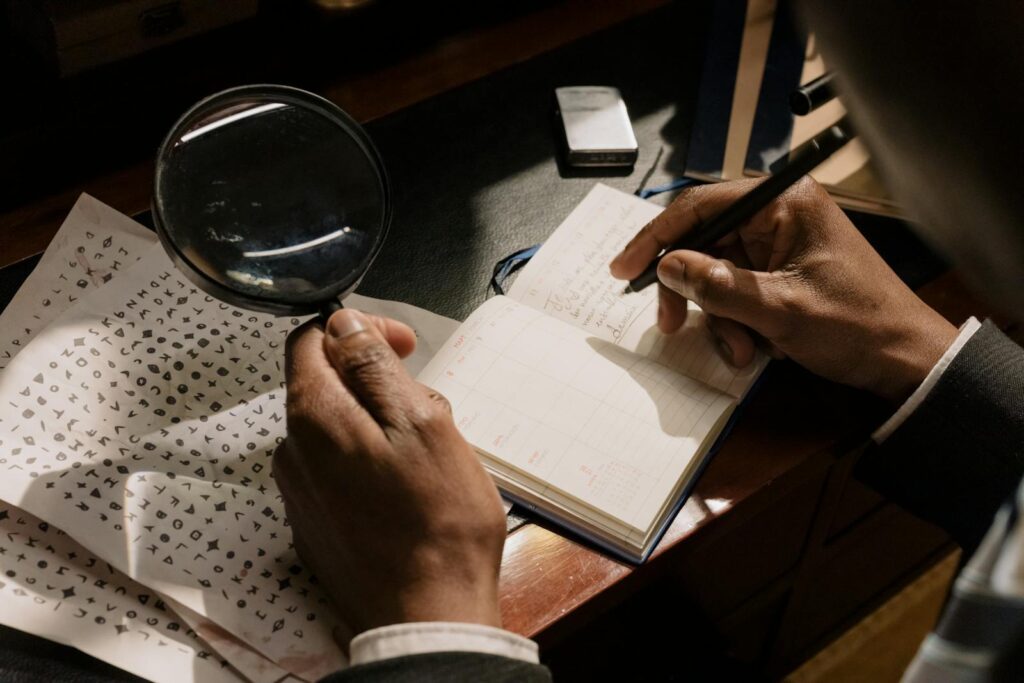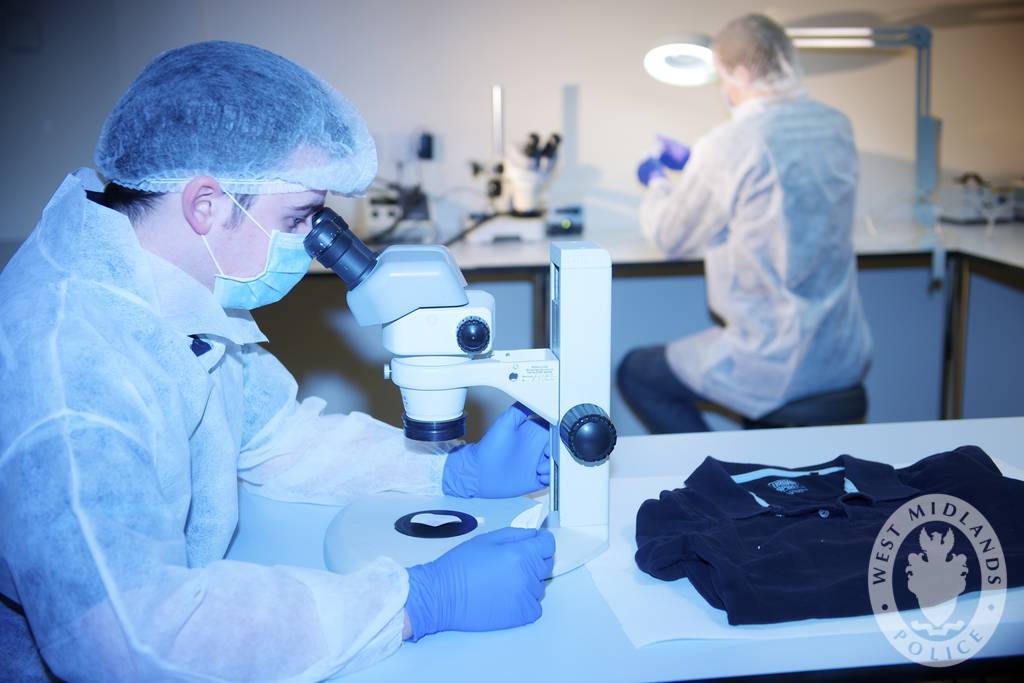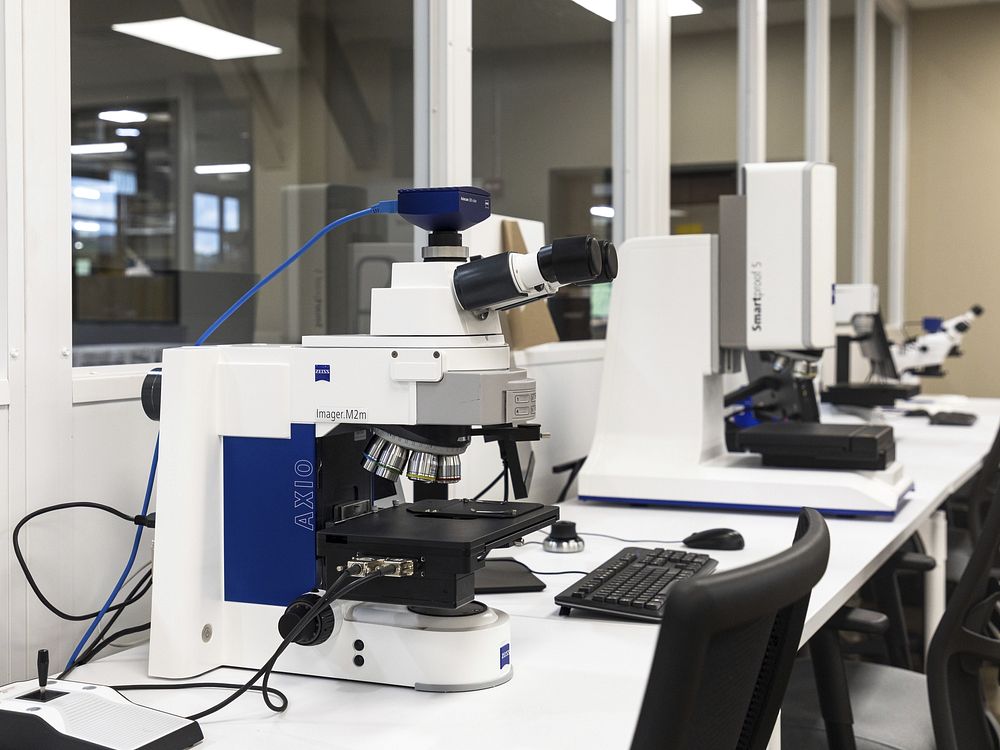Now Reading: Forensic science, forensic explosives and explosion investigation
-
01
Forensic science, forensic explosives and explosion investigation
Forensic science, forensic explosives and explosion investigation
In the current researches, it is observed that forensic sciences play a vital role in the field of criminal investigation. Forensic sciences has many branches which individually is involved in presenting and collecting evidences at any crime scene. Precisely investigating the explosive crime scenes, the investigators are faced with circumstances which vary from having specific resources to collect evidences and preserve them. Thus, highly sophisticated instruments are used for analysis of the evidences obtained. While some aspects, such as chemical analysis and damage effects, are discussed here. The residues are collected and from which the explosive used is known and manufacturing companies can be traced. Hence, the purpose of forensic sciences and its applications in investigations of explosive crime scenes are discussed in this article.
Keywords: Forensic Science, Explosions, Forensic Explosives, Investigators, Sophisticated Instruments.
Introduction
The forensic sciences have wide application of scientific knowledge for the law and legal system. It helps in reconstructing crime scene and on the basis of evidences obtained which gives series of events which had occurred, and it leads cases in fruitful direction of justice. Forensic sciences have many branches which includes:(Stewart, 2017)
1. Forensic chemistry
2. Forensic biology
3. Forensic physics
4. Forensic ballistics
5. Forensic psychology
6. Forensic odontology
7. Forensic anthropology
8. Wildlife Forensics
9. Cyber security
10. Forensic nursing
11. Forensic nanotechnology
And many more branches have different applications in the field of investigation.
These all branches plays specific roles in investigations of different types of crime. Generally, classify types of crimes as;
1. Accidental
2. Homicide
3. Suicide
4. Miscellaneous
What are explosives?
A substance or any compound which is reactive in nature usually light, heat, sound or pressure sensitive under which it explodes as it contains an amount of potential energy.
The objective of forensic explosives examination is the identification of any explosive present. If intact explosives particles are found, the type of explosive, producer, name of manufacturing factory can be identified. (Sodhi & Kaur, 1998)
Effects of bomb explosion (Acaemi, 1993)
1. Blast effects – the high pressure is generated. It moves like a sword cutting anything coming in its path.
2. Fragmentation – explosive in metallic container with nails form fragments.
3. Thermal effects – the hot fragments flying away and falling in any flammable material, example: fuel, gas line in many cases.
4. Vacuum effects – a vacuum or suction effect is created behind the moving blast wave. Vacuum effect is longer than blast effect. Air rushing into this vacuum which creates forces.
5. Translation effect – lifting and throwing effect.
6. Incidental effect – the blast or fragments may cause fire rupture caused damage to property and loss of many life.
Types of chemical explosives (Shen & Vieira, 2016)
1. Detonating- they are highly explosives. Example: nitroglycerine, TNT.
2. Deflagrating- they are low explosives. Example: black powder, ANFO.
Characteristics of explosives(Reno & Leary, n.d.)
1. The chemical compound or mixture of substances which is sensitive in nature.
2. Ignition is needed.
3. The rapid release of heat and large quantities of high pressure gases is observed.
4. Generally it is insoluble in water.
5. Generally, it shows no reaction to metals.
Forensic analysis of crime scene of explosives(Tourne, 2014)
An explosion is the product of chemical reactions accompanied by the sudden, rapid buildup of expanding gas pressure, producing violent physical disruption of the surrounding environment. The chemicals of forensic interest maybe in various forms, either unreacted or exploded, in bulk or trace, homemade from easily available commercial products or strictly controlled commercial or military explosives. Basically, types of explosion are classified on the basis of source or mechanism; by which the explosive pressure is produced. It includes mechanical, chemical, electrical or nuclear explosions. Examples of commonly encountered explosions include the rupture of a gas storage cylinder (mechanical), and detonation of an improvised explosive device.
The forensic expert needs to analyze and gather information on the basis of physical evidences collected at scene of crime. Many studies were conducted regarding explosive performing by performing field experiments to understand the properties of explosive, pattern of post-blast sample distribution, or potential source of evidence. There are many challenges faced by the investigating officer. The experience and knowledge on explosive residue distribution is important for comparison analysis with real samples. The origin of blast is needed to be identified and from there sample of collection is done.(Parmar & Rathod, 2012) The entire bomb site must be systematically searched with great care given to recovering any trace of a foreign substances at the site. Preliminary identification of an explosive residue using the ion mobility spectrometer can be made by noting the time it takes the explosive to move through a tube. All materials collected for the examination by the laboratory must be placed in sealed air-tight containers and labeled with all pertinent information. Debris and articles collected from different areas are to be packaged in separate air-tight containers.(Vanderheyden, Verhoeven, Vermeulen, & Bekaert, 2020) In laboratory, the debris collected at explosion scenes will be examined microscopically for unconsumed explosive particles. Recovered debris may also be thoroughly rinsed with organic solvents and analyzed by testing procedures that include color spot tests, thin-layer chromatography, high-performance liquid chromatography, and gas chromatography-mass spectrometry.(Reno & Leary, n.d.) Confirmatory identification tests may be performed on unexploded materials by either infrared spectrophotometry or x-ray diffraction. The gas chromatography is the most sensitive and reliable instrument for detecting and characterizing flammable residues.(Tourne, 2014) The vast majority of explosive cases are initiated by electric spark or chemical products. The gas chromatograph separates the hydrocarbon components and produces a chromatographic pattern characteristic of a particular petroleum product.(Griffy, 1992) By comparing select gas chromatographic peaks recovered from fire-scene debris to known flammable liquids, a forensic analyst may be able to identify the accelerant used to initiate the fire. High-performance liquid chromatography is powerful tool for analysis, it has high performance and high speed compared to traditional columns chromatography because of the forcibly pumped mobile phase(Lippincott, 1892). It applies the knowledge of biochemistry and analytical chemistry to identify, quantify and purify the individual components of mixture.(Ireland, n.d.) In HPLC, the sample is forced through a column that is packed with a stationary phase composed of irregularly or spherically shaped particles, a porous monolithic layer, or a porous membrane by a liquid at high pressure.(Huri, Ahmad, Ibrahim, & Omar, 2017)
Discussion
The most important aspects of securing the crime scene is to preserve the scene with minimal contamination and disturbance of physical evidences by barricading the crime scene at the beginning. The initial response is very expeditious and methodical. After providing medical facilities and barricading crime scene, safety procedures are to be followed. To secure and control persons at the scene is the priority. Suspects, witnesses should be isolated and after that preservation of evidences is done. To identify, establish and collection of evidences is done. After the collection of fire debris, gas sample, unknown liquids and containers. They are taken to laboratory for further investigation of them. The sophisticated instruments are used for identification of explosives used and after identification of them, the manufacturing companies and people involved can be traced. Thus, forensic sciences plays a role to identification and solving of crimes which are related with any terrorism act, accidental crimes or miscellaneous.
References
Acaemi, K. (1993). Advances in Analysis and Detection of Explosives. Advances in Analysis and Detection of Explosives. https://doi.org/10.1007/978-94-017-0639-1
Griffy, T. A. (1992). A model of explosive vapor concentration II.Advances in Analysis and Detection of Explosives. Proceedings of the Fourth International Symposium of Analysis and Detection of Explosives (Ed. J. Yinon), 503–511.
Huri, M. A. M., Ahmad, U. K., Ibrahim, R., & Omar, M. (2017). Satu ulasan pengesanan residu letupan dari sudut pandangan kimia forensik. Malaysian Journal of Analytical Sciences, 21(2), 267–282. https://doi.org/10.17576/mjas-2017-2102-01
Ireland, N. (n.d.). Analysis of Explosives and Firearms Residue Using Thermo Scientific Atlas CDS TM at Forensic Science.
Lippincott, C. D. (1892). Explosive Substances. Scientific American, 34(874supp), 13973–13974. https://doi.org/10.1038/scientificamerican10011892-13973csupp
Parmar, P., & Rathod, G. B. (2012). ijcrr, 04(10), 33–38.
Reno, J., & Leary, M. Lou. (n.d.). A GUIDEfor Explosion Bombing Explosion Bombing SCENE INVESTIGATION and. Retrieved from http://www.ojp.usdoj.gov
Shen, M., & Vieira, D. N. (2016). Forensic science: defending justice. Forensic Sciences Research, 1(1), 1–2. https://doi.org/10.1080/20961790.2016.1243083
Sodhi, G. S., & Kaur, J. (1998). Forensic Investigation of Explosions. Forensic Investigation of Explosions, 5(2). https://doi.org/10.4324/9780203483510
Stewart, L. F. (2017). Crime Scene Investigation – Explosives. Foresic Research & Criminology International Journal, 4(5), 143–144. https://doi.org/10.15406/frcij.2017.04.00127
Tourne, M. (2014). Developments in Explosives Characterization and Detection. Journal of Forensic Research, s12(01). https://doi.org/10.4172/2157-7145.s12-002
Vanderheyden, N., Verhoeven, E., Vermeulen, S., & Bekaert, B. (2020). Survival of forensic trace evidence on improvised explosive devices: perspectives on individualisation. Scientific Reports, 10(1), 1–11. https://doi.org/10.1038/s41598-020-69385-1








